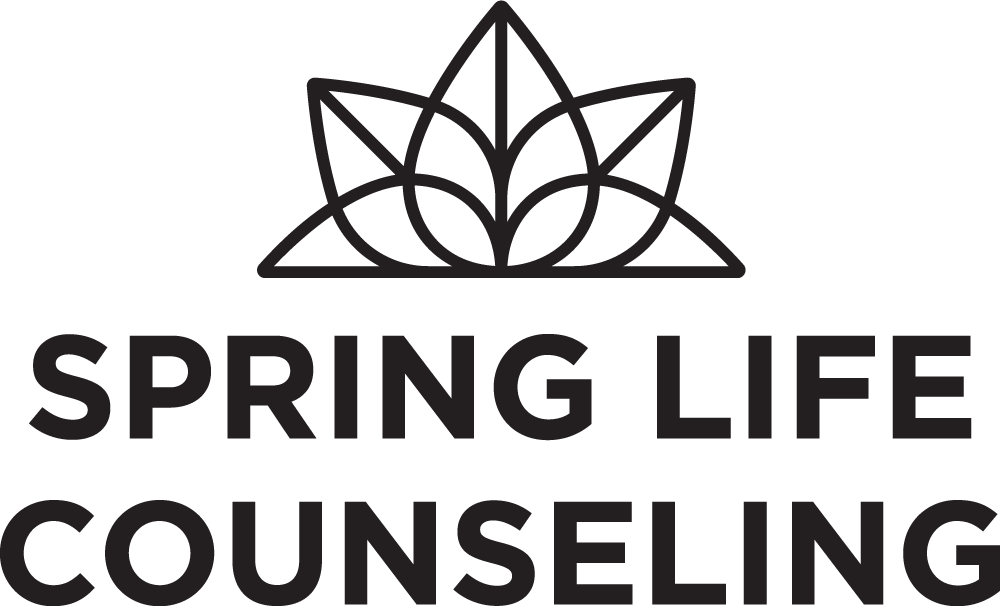Responding to the Wreckage: 3 choices for relational wounds
3 Choices for Relational Wounds
When things really take a negative turn in your romantic relationship, do you know how to restore it?
Many people assume that clocking good relational times after a wounding must mean that the partner has healed and moved on.
This is a good step, but ultimately it's a false restoration.
For the sake of this post, let’s assume there was a major betrayal in a marriage, such as financial dishonesty.
The betrayed party is now aware of the dishonesty, by one means of discovery or another.
When major wounds have occurred, the behavior of the offending party can do one of three things:
Reinjury
Neutral
Healing
Everything the offender does from this point forward will fall into one of these three categories.
Re-injury can look like:
Leaving out requested information.
Minimizing the impact of choices.
Blaming others.
Being defensive.
Denying severity.
Engaging in known trigger behavior.
Neutral (leaving the wound alone) can look like:
Having a good conversation about some other topic.
Enjoying an activity together.
Asking if certain types of physical contact feel ok (i.e., cuddling on the couch).
Sharing a cup of coffee.
Taking a trip together.
Healing (binding up the wound) can look like:
Heartfelt and authentic apologies. Both now and later.
Responding to questions with an open demeanor.
Divulging more than necessary about the specifics of your day. (This helps answer doubts before insecurity can even crop up.)
Suggesting avenues for support via therapy, trusted friendships, pastoral care, etc.
Coming up with a plan for accountability with someone you both trust.
Owning the weight of the pain you’ve caused without collapsing into martyrdom or making yourself out to be a victim.
Allowing/seeking out conversations where your spouse continues to process his/her hurt and healing journey.
Sharing insights you’ve gained in your own therapeutic work.
Anything that does not re-injure but does not positively address the infraction should be considered a neutral move. It’s neither healing nor further doing damage.
This neutrality serves an important purpose! You can’t skip it. You have to have this “leaving the wound alone” category, because it can build trust along the way to restoration. It reminds you both that normal moments and life are still available to you. It reminds your body and psyche that you are safe in each other’s presence.
People get into trouble when they assume neutral behavior is doing the healing work. It is not.
What is torn must be actively stitched up. Leaving it alone and “moving on” won’t be enough. Life may go on, but the wound is still in its initial state, waiting to receive proper attention.
You can’t stretch out neutral behavior long enough to make the healing work unnecessary. That is false restoration. This will not be resolved until the offender is taking an active role in the binding up process.
If you are the offended party, be clear about needing both neutral and healing interactions. Toggling between the two will allow a sense of normalcy and hope to re-emerge.
If you are the offending party, make sure you check that what you are considering “stitching up the wound” is actually being received that way. This in itself demonstrates your good-faith effort for real and lasting reconciliation.
This is hard work and it will likely take longer than you want.
But the beauty and fruit may surprise you.

